Need to find wall studs but don’t want to spend money on an expensive electronic stud finder?
Here’s a simple trick: use a magnet.
In fact, finding studs with magnets is one of the easiest, cheapest, and most reliable DIY methods out there. By letting a strong magnet locate the nails or screws holding your drywall to the studs, you can pinpoint their position with surprising accuracy—no batteries, no guesswork.
In this guide, you’ll learn exactly how magnets work for stud detection, the type of magnet you should use, and the step-by-step process to make it work every time. Let’s get started.
Understanding Studs and Stud Finding Techniques
If you’ve ever tried to hang a heavy shelf or mount a TV, you’ve probably wondered, “Where exactly are the wall studs?” Wall studs are the vertical wooden or metal framing members inside your walls. In most homes, they’re spaced 16 or 24 inches apart and act as the structural backbone, supporting drywall, insulation, and anything you securely attach to the wall.
Traditional Ways to Find Studs
For years, people have used a few common methods to locate studs, including:
- Knocking on the wall and listening for a solid vs hollow sound.
- Measuring from a corner and estimating standard stud spacing.
- Using electronic stud finders that scan for density changes in the wall.
Challenges With These Methods
While these techniques can work, they’re not always accurate. Knocking relies on guesswork and can be misleading, especially on thicker walls. Measuring only works if the studs are perfectly spaced, which isn’t the case in some older or custom-built homes. Even electronic stud finders, though popular, sometimes give false readings due to wiring, insulation, or uneven drywall. This leads many DIYers to look for simpler, more reliable alternatives—and that’s where magnets come into play.
How Magnets Help Find Studs
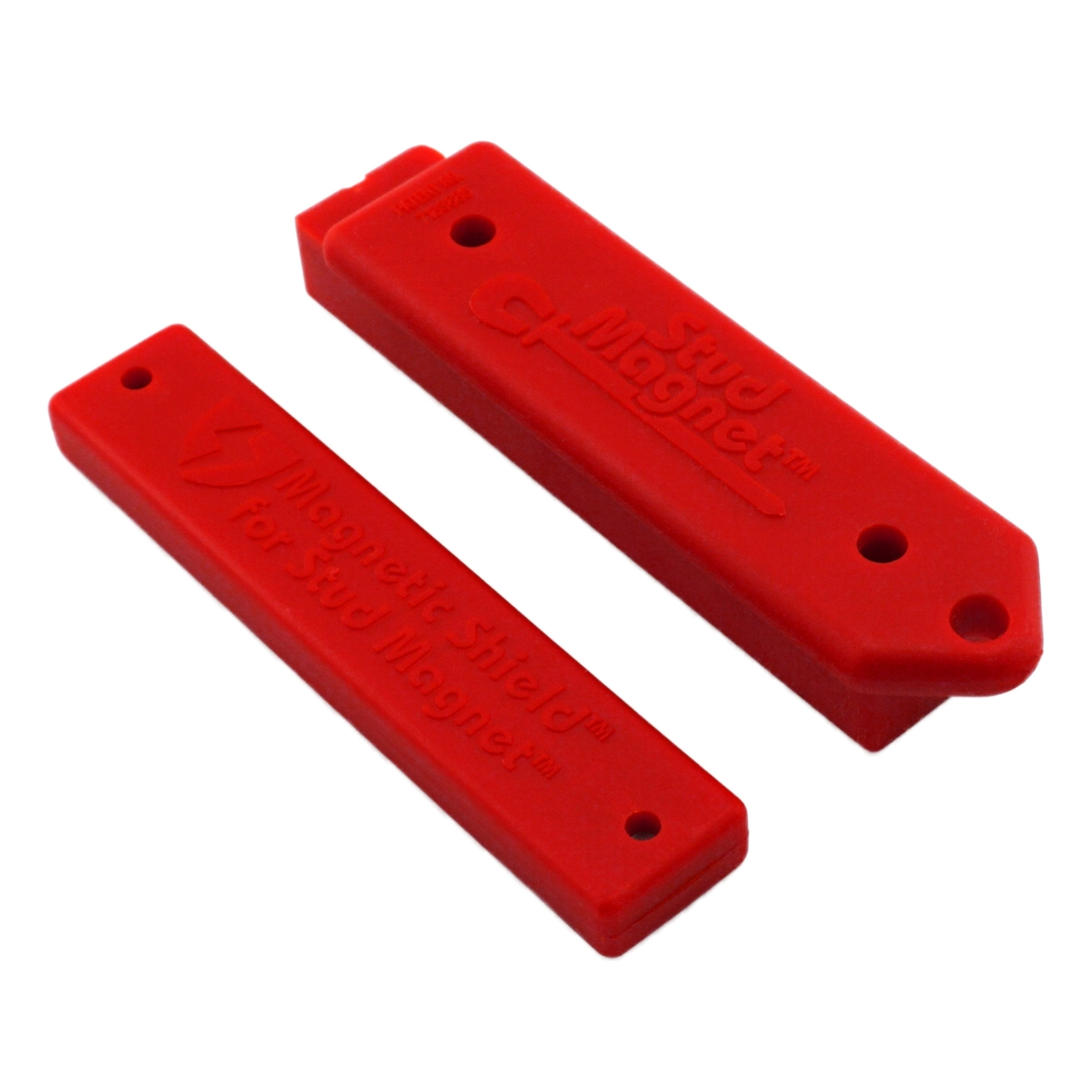
Magnets work for stud finding because most wall studs have drywall nailed or screwed into them with metal fasteners. Those nails and screws are usually made of steel, which is magnetic. When you move a magnet slowly across a wall, it will react when it comes close to one of these fasteners. That’s your clue a stud is right there.
The science is simple — magnetic attraction pulls the magnet toward ferrous (iron-containing) metals. Drywall screws or nails are driven into studs to secure the wallboard, and they’re usually placed in vertical lines along the stud’s center. By detecting these points, you can map out where the studs run behind the drywall.
Not all magnets are strong enough for the job. Neodymium magnets are the top choice because they’re small, lightweight, and many times stronger than regular ceramic magnets. A coin-sized neodymium magnet can latch onto hidden screws through thick layers of drywall or paint without slipping. This makes them perfect for precise stud detection without the bulk or hassle of an electronic stud finder.
To use a magnet for this, you just need a strong one — often smaller than a quarter — and you can slide it across the wall until it sticks or pulls toward a hidden fastener. Once you feel that “grab,” you’ve found part of the stud’s location and can mark it.
Step by Step Guide Using Magnets to Find Studs
Materials Needed
To use this method, you just need a strong magnet—ideally a small neodymium magnet.
From NBAEM’s lineup, a good option would be:
- Neodymium disc magnet – about 0.75″ diameter, N52 grade, pull force 12+ lbs
- Optional: A small piece of painter’s tape to secure the magnet to your finger or slide it across the wall
These magnets are compact, powerful, and will easily detect nails or screws in wall studs through drywall.
Preparation
- Move furniture or wall decor out of the way.
- Make sure the surface is clean so the magnet can glide smoothly.
- Keep a pencil or masking tape handy to mark the stud locations.
Scanning the Wall
- Hold the neodymium magnet lightly between your fingers.
- Slide it slowly, left to right, across the wall about 4–6 feet above the floor.
- When you feel it “snap” or stick slightly, that means it’s over a drywall screw or nail head.
- Place a small pencil mark or piece of tape at that spot.
Tips for Reading the Results
- Nail/Screw Pattern: Screws are usually set in a vertical line along the stud.
- Spacing of Studs: Most wall studs in U.S. homes are spaced 16 inches on center, sometimes 24 inches in older construction.
- Check Alignment: Once you find one stud, measure over to locate others.
Cross-Checking for Accuracy
- Confirm by finding at least two fasteners vertically that line up—this ensures you’ve located the stud and not a stray nail.
- Scan nearby areas to verify consistent spacing.
- If unsure, double-check with a tape measure or a secondary stud finding method.
Advantages of Using Magnets over Other Stud Finders
Using a magnetic stud finder has a few clear benefits that make it a smart choice for many homeowners and DIYers.
Cost effectiveness and reusability
A good neodymium magnet costs far less than most quality electronic stud finders, and you can use it over and over without any extra expense. There’s no need to replace batteries or deal with electronics wearing out.
No batteries or electronics required
Magnets work purely on physical attraction to the metal fasteners in the studs, so they’ll never fail because of a dead battery or faulty circuitry. It’s always ready to use.
Precision and sensitivity
A strong magnet—especially a compact neodymium type—will quickly lock onto nails or screws under drywall with pinpoint accuracy. This means you’re not just finding the general stud area, you’re locating the exact point of the fastener.
Portability and ease of use
Magnets are small, light, and fit in your pocket or tool pouch. You can whip one out whenever you need it without setting up or calibrating anything.
For best results, many people go for high-grade neodymium magnets for their strength, size, and durability—similar to those in NBAEM’s strongest magnet selection.
Potential Limitations and Solutions
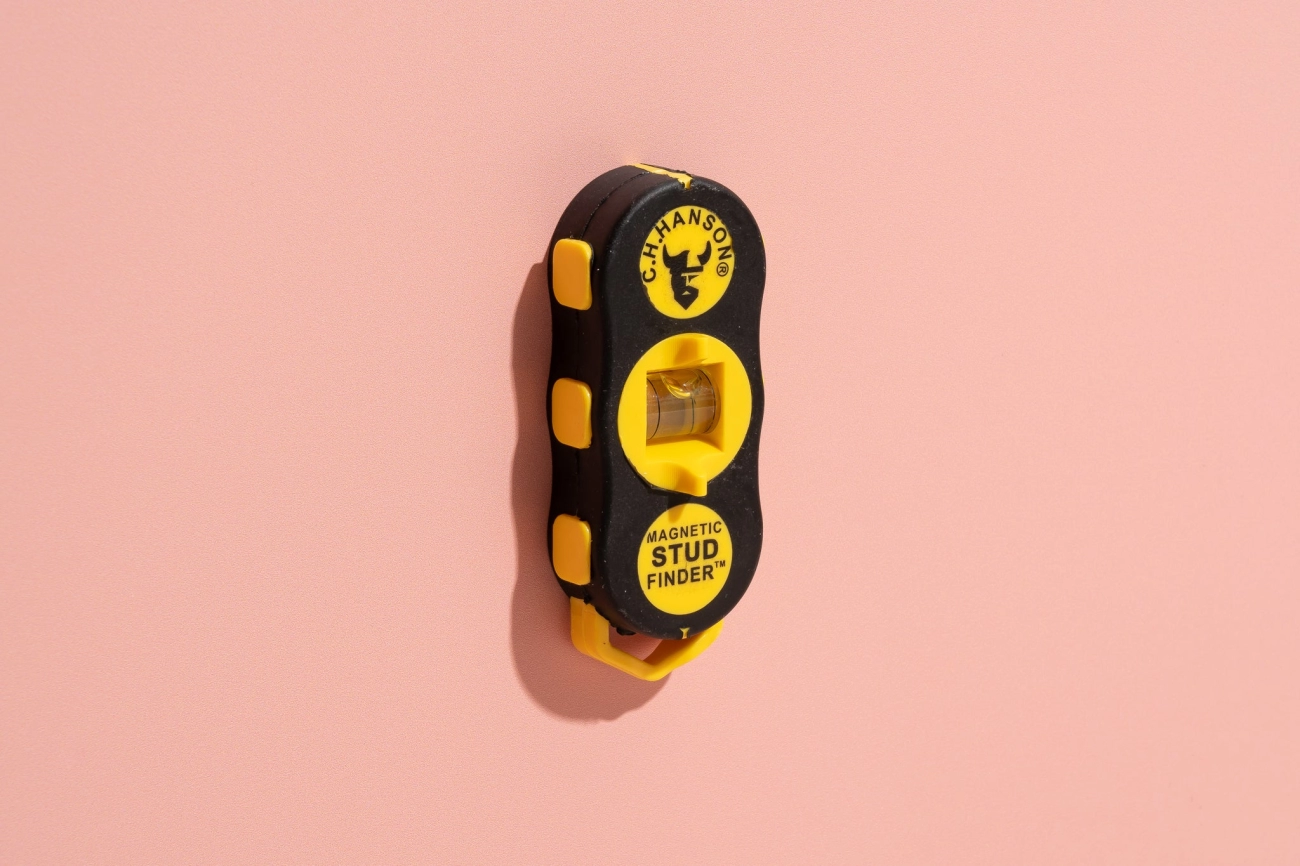
Magnets work great for finding studs, but there are a few situations where they’re not as effective. Knowing these ahead of time helps you avoid frustration and get better results.
When Magnets Might Fail
- Metal-free fastening – Some modern homes use adhesives or plastic fasteners instead of screws or nails to hold drywall. Since there’s no metal, the magnet won’t pick anything up.
- Thick wall coatings – Heavy plaster, textured surfaces, or multiple paint layers can weaken a magnet’s pull and make it harder to detect fasteners.
- Non-standard wall designs – Older homes or custom builds can have studs placed at odd distances or use different materials, which can throw off your search.
How to Improve Results
- Pair with another stud finder – Use a magnetic stud finder alongside an electronic stud finder to confirm locations.
- Look for patterns – Once you find one screw or nail, measure 16 or 24 inches over to find the next likely stud.
- Check multiple heights – Nails may be higher or lower than where you start searching. Scanning in vertical lines can help.
Tips for Older or Unique Construction
- In older homes, drywall may not even be the wall surface—it could be plaster and lath. In that case, you might need a stronger neodymium magnet or a combination of tools.
- For brick, block, or other solid walls, magnets won’t work since there are no hidden studs to find.
Choosing the Right Magnet for Stud Detection
Not all magnets work the same when it comes to finding studs. The two most common options are ceramic magnets and neodymium magnets. Ceramic magnets are inexpensive and widely used, but they’re weaker and bulkier. Neodymium magnets, on the other hand, are compact, extremely strong, and can detect drywall screws or nails with better precision.
For stud finding, neodymium magnets from NBAEM are an ideal choice because they offer:
- High magnetic strength – Picks up tiny drywall fasteners quickly.
- Compact size – Easy to move across walls without snagging.
- Durability – Resistant to chipping and demagnetizing over time.
When handling strong neodymium magnets, keep safety in mind:
- Avoid placing them near electronics, credit cards, or pacemakers.
- Keep away from children—they can pinch skin or snap together unexpectedly.
- Slide magnets apart instead of pulling to prevent injury.
Additional Uses of Magnets in Home Improvement
Magnets are handy for more than just finding studs. In fact, once you have a strong neodymium magnet like the ones from NBAEM, you’ll find plenty of uses around the house and workshop.
Common Uses Beyond Stud Finding
- Securing tools – Stick a magnet strip along your workbench or inside a tool cabinet to keep screwdrivers, wrenches, and drill bits organized.
- Organizing hardware – Keep nails, screws, and bolts in place with magnetic trays so they don’t roll away or get lost.
- Magnetic mounting – Mount lightweight items like flashlights or levels to metal surfaces for quick access while working.
- Holding small metal parts – Perfect for when you’re repairing appliances, assembling furniture, or doing automotive work.
NBAEM Magnetic Solutions for DIY and Professional Use
NBAEM offers a range of high-strength neodymium magnets designed for durability and maximum pull force. They work for:
- DIY projects – Hanging tools, creating custom magnetic boards, or building magnetic closures.
- Professional setups – Organizing hardware in job trucks, mounting equipment on site, or holding metal templates in place.
With the right magnets, you can cut down on clutter, speed up projects, and keep your workspace safer and more efficient.
Frequently Asked Questions FAQs
Can magnets detect studs behind paneling or wallpaper?
Yes — as long as the drywall screws or nails are steel, a strong magnet can still find them, even through paneling or wallpaper. The main thing is that the fasteners need to be magnetic. Thicker wall coverings might make it harder, so you may need to move the magnet slower to feel the pull.
How strong does the magnet need to be?
For stud finding, small but powerful neodymium magnets work best. Look for something at least N42 grade or higher so it can pull through drywall and light paneling. We’re talking about a strength that’s enough to clearly “catch” on a hidden nail head without sticking to every little metal speck in the wall.
Are there any risks of damaging walls with magnets?
Magnets themselves won’t damage drywall or paint if you’re careful. The only risk is scratching walls if the magnet drags across the surface. To avoid that:
- Wrap the magnet in a thin cloth or tape to prevent marks.
- Hold it lightly and slide instead of pressing hard.
- Keep it away from electronics or credit cards while working.
Using the DIY stud finder magnet technique is safe and effective if you handle the magnet correctly — and it’s a solid alternative to electronic stud finders.


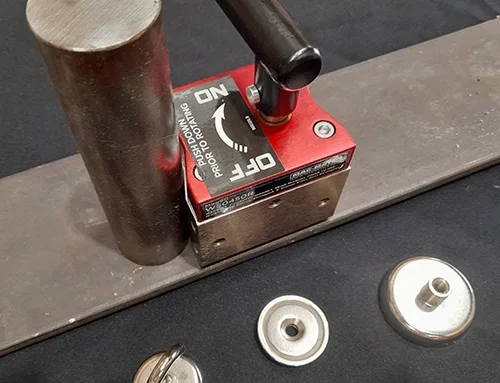
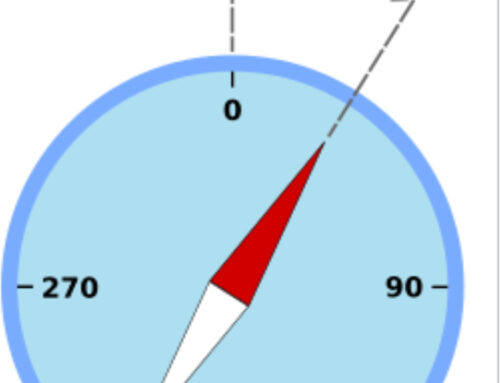
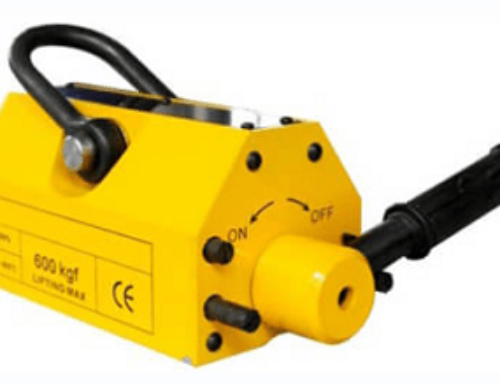
Leave A Comment